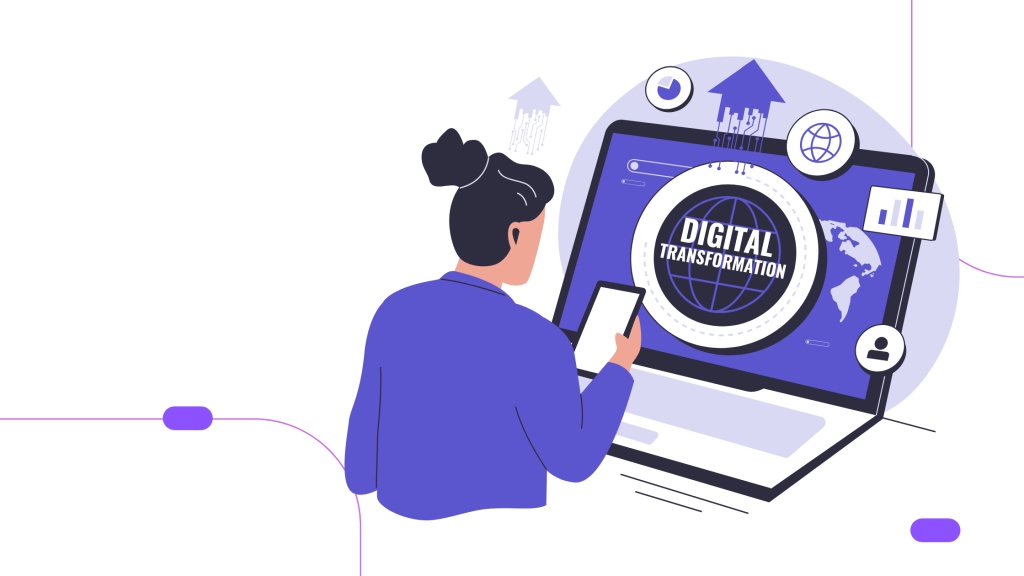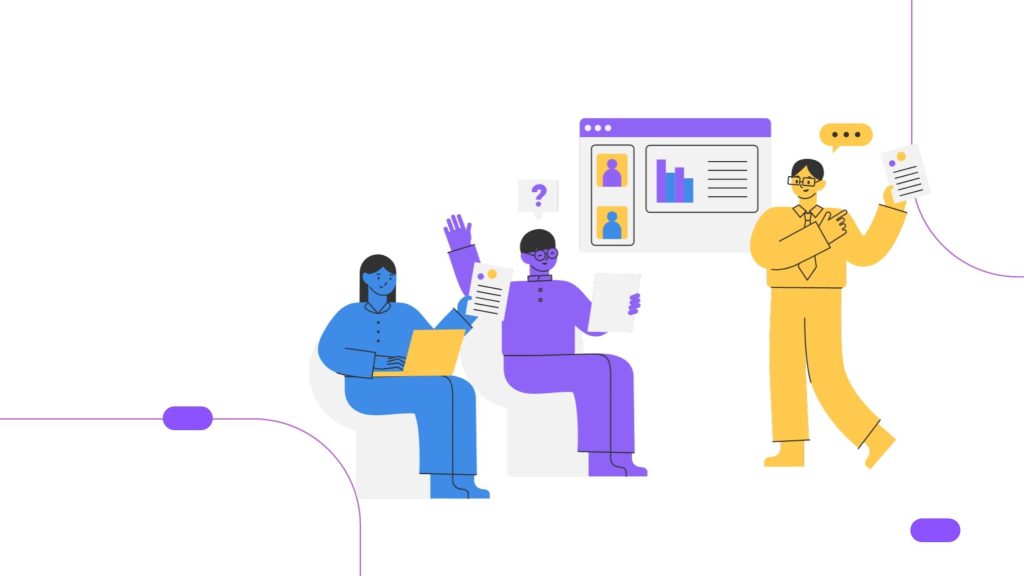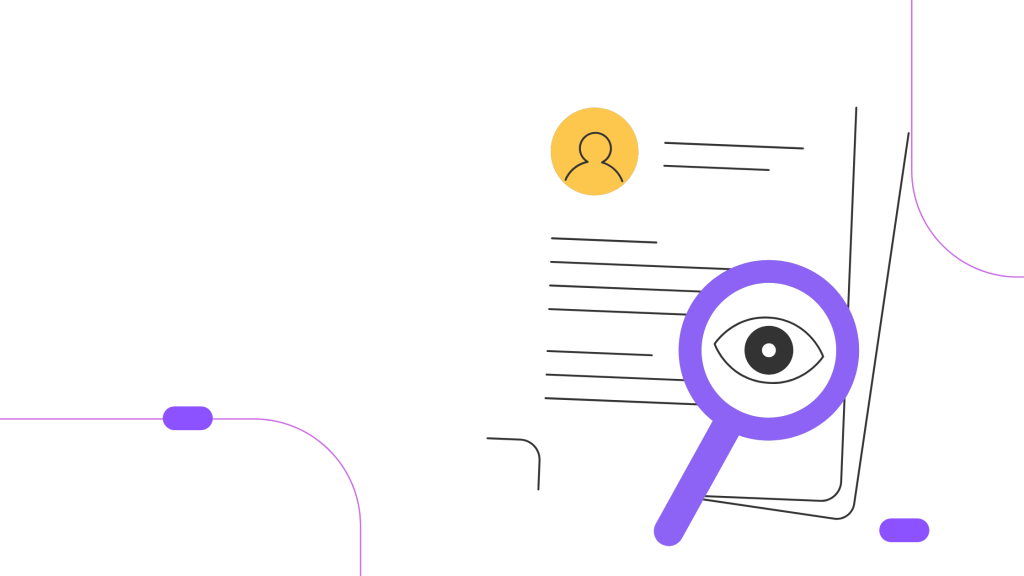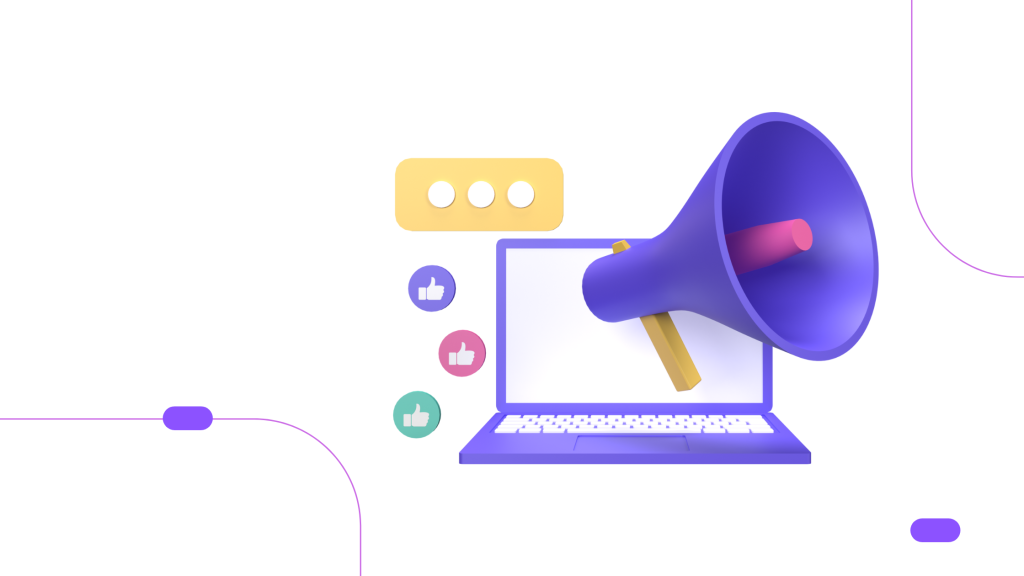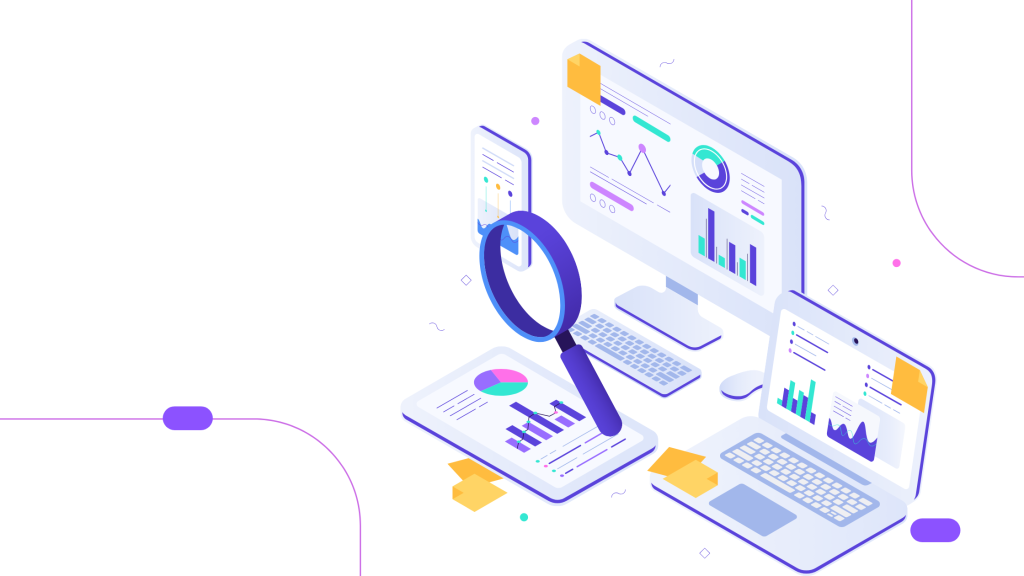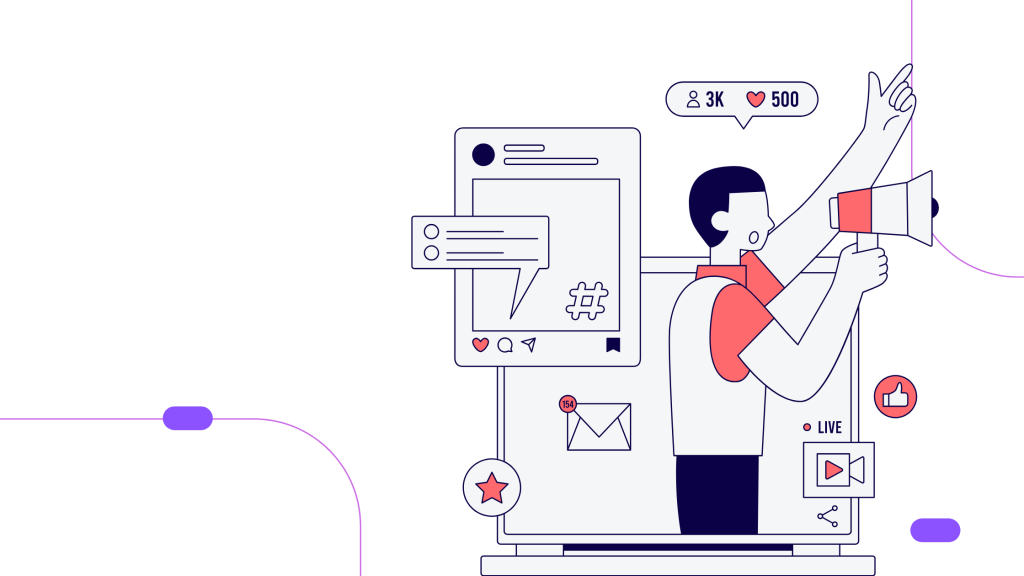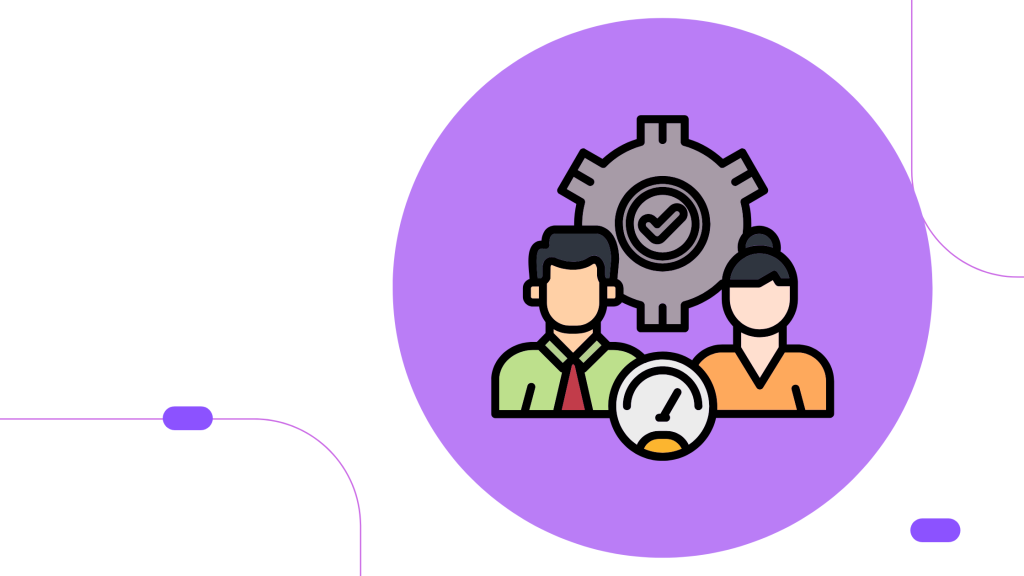Streamlining HR Processes for 2025
In 2025, companies that streamline their HR operations are more than 2.5 times more likely to boost both productivity and employee satisfaction. Yet many HR departments are still caught in outdated workflows juggling spreadsheets, handling manual onboarding, and dealing with frequent compliance headaches.
As an HR Manager or CHRO, having well-documented policies isn’t enough. You need smooth, integrated workflows. Efficient HR processes form the operational backbone of any successful people strategy. When designed properly, they minimize friction, enforce compliance, and significantly improve business outcomes.
This guide breaks down the key HR processes that drive effective human resource management and why getting them right matters now more than ever.
What Are HR Processes?
HR processes are structured and repeatable systems that support every stage of the employee lifecycle from hiring to exit interviews. They are essential for ensuring consistency, compliance, and scalability across the organization.
Core HR processes handle critical functions like recruiting, onboarding, training, performance evaluation, and off-boarding. When these workflows are disconnected or manual, they create inefficiencies, slow down decision-making, and elevate compliance risks. On the other hand, well-defined processes allow businesses to build high-performing teams and foster sustainable growth.

Why HR Leaders Should Prioritize Process Optimization
Evolving business needs and the rising impact of technologies like AI have intensified the demand for skilled talent. HR leaders face mounting pressure to adapt quickly and the only way to meet this challenge is through well-optimized HR processes that are scalable, efficient, and employee-centric.
Key Takeaways:
- HR processes are strategic tools — not just administrative tasks.
- Automation is essential — tools like factoHR can simplify tasks and elevate HR’s strategic value.
- Data enables smarter decisions — integrated workflows provide real-time analytics and insights.
- The employee experience matters — seamless digital HR processes create a better journey for every employee touchpoint.
Top 10 Core HR Processes for 2025
1. Human Resource Planning (HRP)
HRP involves assessing your current workforce, identifying talent gaps, forecasting future needs, and crafting a plan to meet strategic goals. A forward-thinking HR plan not only addresses current hiring needs but also anticipates future skills and workforce trends.
2. Recruitment and Selection
This process involves sourcing, screening, and selecting the right candidates. A well-defined recruitment strategy helps close the gap between talent needs and candidate fit.
3. Onboarding
A strong onboarding process helps new hires integrate quickly into your company culture and systems. A positive onboarding experience leads to better retention and faster productivity.
4. Training and Development
Training and development initiatives upskill your workforce, close knowledge gaps, and prepare employees for evolving job roles.
5. Performance Management
This includes setting goals, providing feedback, evaluating outcomes, and identifying areas for improvement — boosting both morale and productivity.
6. Compensation and Benefits
Fair, competitive compensation is key to retaining talent. Go beyond salary by offering tailored benefits and clearly communicating your total rewards package.
7. Employee Relations
This includes handling grievances, addressing concerns, and ensuring employees feel heard and valued. Open communication reduces conflict and improves morale.
8. Compliance and Legal Management
Ensure that HR policies and practices comply with local, state, and national laws to avoid legal issues and protect your company’s reputation.
9. Succession Planning
Identify and prepare internal candidates for key roles to ensure business continuity and reduce dependency on external hiring.
10. Offboarding
A structured offboarding process includes knowledge transfer, exit interviews, and revoking system access — helping maintain your employer brand and reduce security risks.

How HR Processes Work
HR processes are interlinked activities that span the employee journey. It starts with workforce planning, followed by recruiting and onboarding, then development, performance management, and eventually offboarding. Each stage requires accurate data, clear documentation, and smooth execution.
Benefits of Automating HR Processes
1. Greater Focus on Strategy
Automation frees HR teams from routine tasks, allowing them to focus on strategic initiatives like engagement and leadership development.
2. Increased Accuracy and Trust
Automated systems reduce errors, improve compliance, and build confidence across the organization.
3. Cost Savings
Automation minimizes admin time, operational delays, and costly mistakes.
4. Better Employee Experience
Digital HR tools offer faster communication, mobile access, and self-service improving the overall employee experience.
5. Real-Time Analytics
Get access to live dashboards for metrics like headcount, turnover, and engagement enabling smarter decisions.
6. Smarter Workforce Planning
Use centralized data and AI tools to forecast needs, plan hiring, and align talent management with business goals.
Common Challenges in Managing HR Processes
1. Siloed Systems
Disconnected tools cause inefficiencies and poor communication across departments.
2. Manual Errors
Data inconsistencies and operational delays often arise from manual entry.
3. Budget Misuse
Without visibility, HR may overspend on tools that deliver little value.
4. Weak Employee Experience
Slow responses and unclear policies create disengagement and frustration.
5. Limited Insights
Scattered data prevents HR from making data-driven decisions.
6. Reactive Hiring
Hiring reactively hinders your ability to build a future-ready workforce.

Best Practices for Effective HR Process Management
1. Use Integrated HR Platforms
Tools like factoHR centralize functions, automate workflows, and improve data accuracy.
2. Standardize Workflows
Consistent procedures across teams reduce errors and ensure compliance.
3. Align with Business Goals
Regularly review your HR strategy to match evolving business needs.
4. Invest in Employee Development
Support career growth through training, mentorship, and personalized learning paths.
Conclusion
Refining your HR processes is essential to staying competitive. With automation and structured workflows, HR leaders can reduce administrative tasks, improve compliance, and enhance employee experiences.



